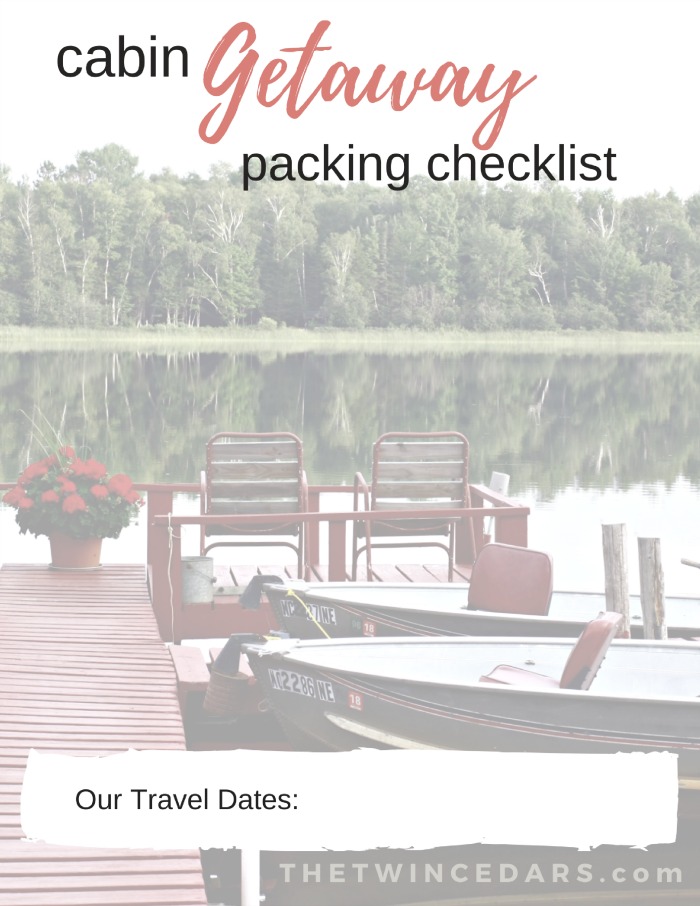I’m forever intrigued by the diverse interests in our resort guests and sometimes it sparks something within me. When I first heard the term “bird watching,” I think I pictured something like this: a nursing home with bird feeders poised in front of strategically placed windows, with half interested old folks gazing into the distance. An occasional colorful bird perching upon a spindle for a quick snack then promptly flying away.
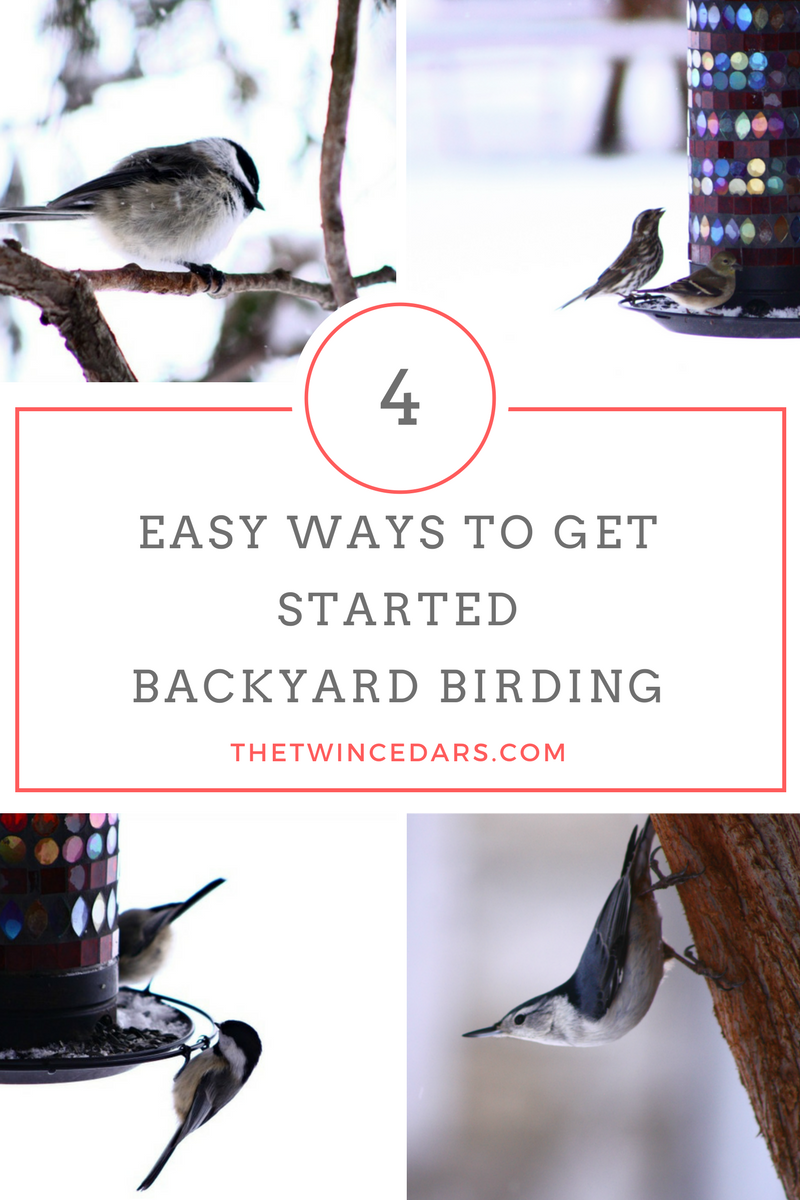
Holy crow, was I wrong!
First of all, bird watching can mean different things for different birders. The very beginner, that’s me, is simply interested in seeing different birds. Perhaps taking a few photos of something pretty and trying to learn more.
Some, like my mother in law, frequently feeds them and can name several that enter her area. Then there are others who can walk in the woods or view some treetops and identify many of their local frequenters. And lastly we have those experts that travel across many lands to learn, view and photograph these lovely creatures.
This post contains affiliate links. That means when you click through and make a purchase, The Twin Cedars blog may receive a small commission at no additional cost to you. This allows us to continue to bring fun and informative content to this web page for free…we appreciate your support more than you could ever know! Full disclosure here.
The interest for me began when a couple of photographers stayed at our little resort. Viewing some of their photos (you don’t need the best equipment to get started) I was completely in awe. The detail, the colors, the amazing creativity…but it wasn’t until much later that I realized how addicting it would be to try to get that great photo.
Like many things that I write about on this blog, the topic generally starts with something I’d like to learn more about. This time it’s the beautiful birds of Michigan’s Upper Peninsula.
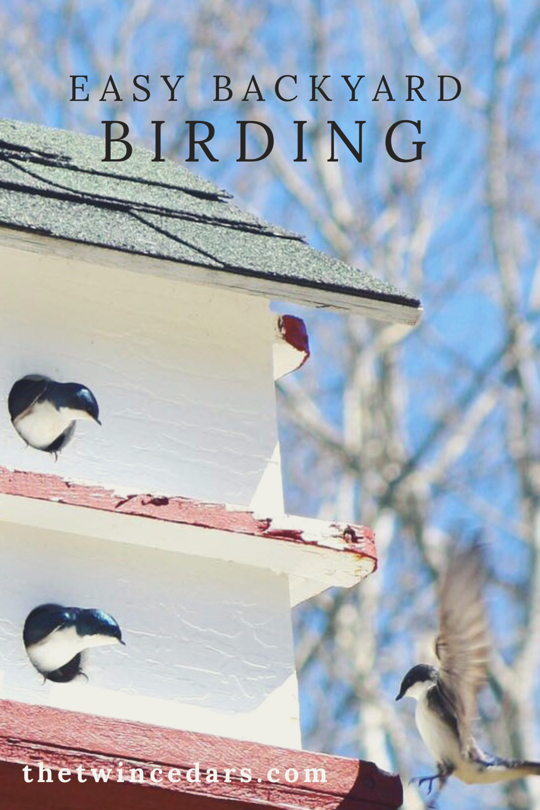
Bird Watching | backyard birds
Going to the birds is nice but learning how to bring them to you can turn your yard into your very own personal, bird watching sanctuary. Side note: why does that keep reminding of the milkshake song? I keep hearing “my milkshake brings all the boys to the yard…” – I digress, my mind is a bit flighty today…oh boy…
Anyhooo, there’s a slew of feathered friends that are considered backyard birds and with the right planning you can have them flocking to your yard in no time.
#1 – the feeder
I absolutely love the one that was gifted to us from my mother in law (see below). The thing that’s important about it is its ease. Yes, it’s really pretty but it’s also very functional. The top lifts straight up from the base so you don’t have to take it down from the cable to fill it. We use an empty coffee can, the plastic kind with the easy grip handle. It’s a perfect scoop and depending on how big your feeder is, you’ll only need 1 or 2 to fill it.
It has been impossible to find this exact one, believe me, I have scoured the interwebs. However, this one is super easy and will be making its way here soon. Also, peanut feeders are an interesting touch. They’re simple enough for snapping photos allowing the bird to be your main focus rather than a sparkly seed spiller…and our feathered friends like them too.
#2 – seed types
For an all-purpose starter seed, go with black-oil sunflower seeds. Your backyard birds will love them but be careful, so will your squirrels! As mentioned above, peanuts are a good option for many birds, including woodpeckers, jays, titmice, chickadees, nuthatch and finches. Mixed seed is always good to have around and you may consider chopped fruit added to a tray feeder. You’ll find that robins, bluebirds, mockingbirds and warblers may frequent this preference.
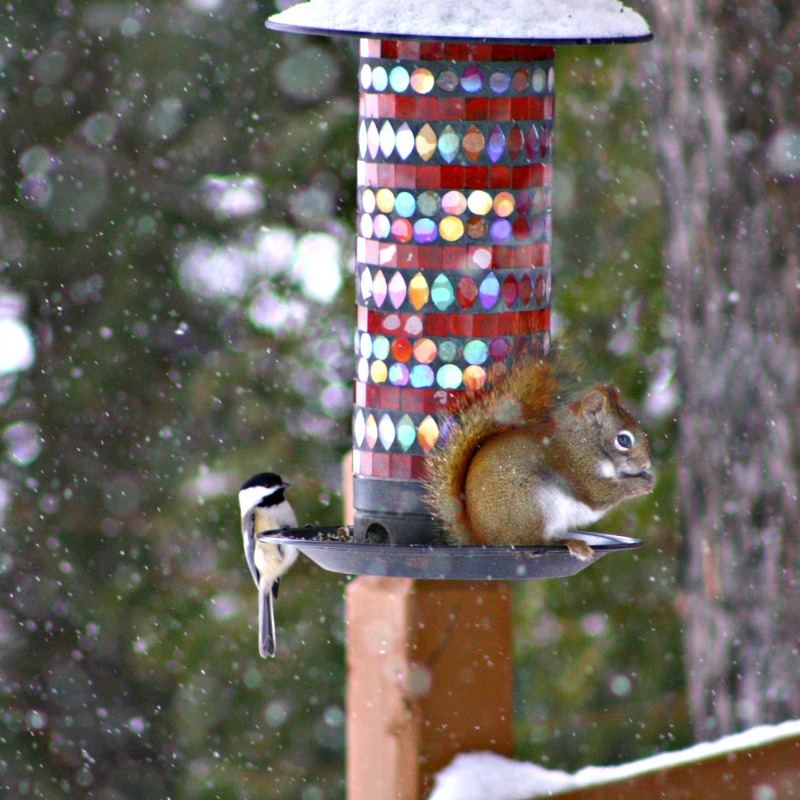
#3 – landscape
Birds are usually attracted to areas that look like home, that is, the wilderness. Trees for shelter, areas of long grasses or overgrown weeds at least along tree lines or trailing a fence line, possibly some berry bushes to snack on and nearby water.
We, of course, have the lake right outside our front door with little streams and inlets but a bird bath with moving water is a great way to provide something for drinking and bathing.
Keep the birds in mind when considering pesticides or insecticides, they can actually be the best natural resource for the job. Hummingbirds don’t just like nectar-rich blooms they eat small insects too.
When choosing plants for your yard the key thing to remember is variety. Variety of plants equals variety of birds.
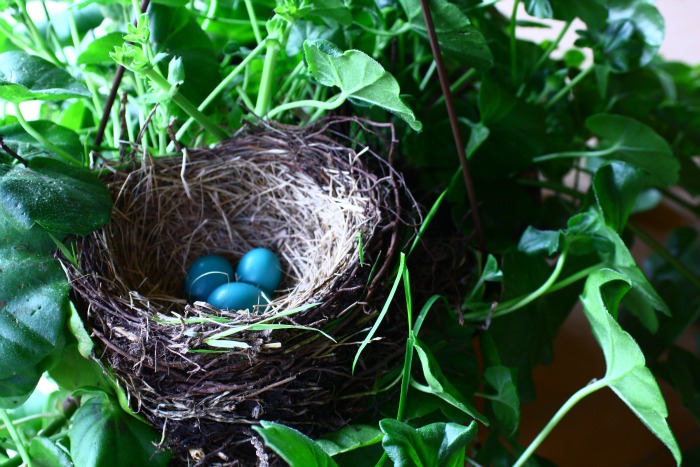
#4 – shelter
There’s actually only a select few that prefer birdhouses or nesting boxes but those that do are considered cavity nesters. Small holes of entry are important for keeping larger competitors and predators out.
Contemplate materials the birds use for building their nest: twigs, leaves and plant fibers. I’ve heard of people even leaving fur from pets in a convenient location for additional nesting options.
It’s not uncommon for mourning doves to find your best hanging plant and make it home, either. Avoid this by adding a small dome of chicken wire while the plant is still young. It will allow the plant to grow through but keep nesting at bay.
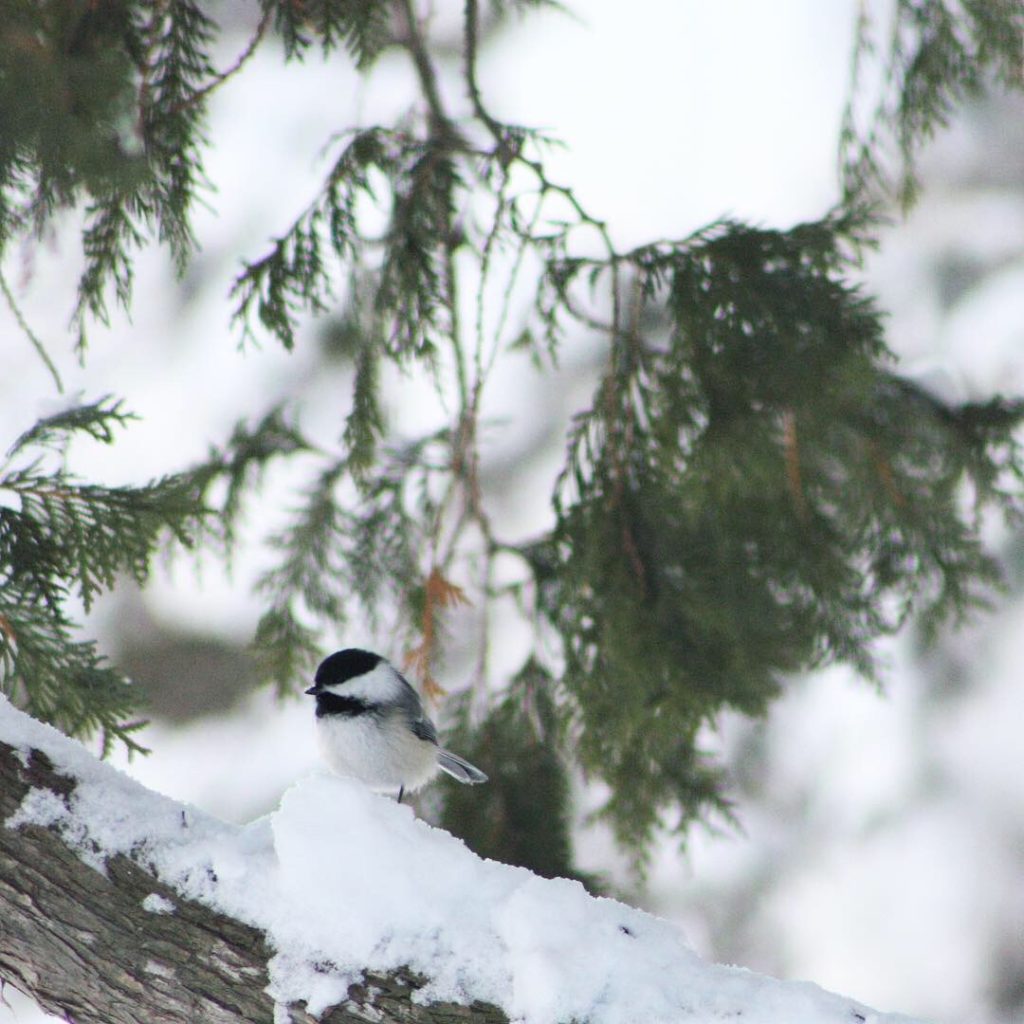
Now you could just watch all those birds flock to your yard and simply be enamored by their chippy chatter and playful flapping but if you’re interested in bird watching to identify them and learn more about their behaviors checkout the recommendations below. We personally own the first 2 on this list and have them readily available on our windowsill.
See more over on the ‘gram and let us know what birds are flocking to your backyard!
Related posts:
7 Important items you need when Kayaking in Michigan
Wildlife at Twin Cedars Resort, the Great Blue Heron!
